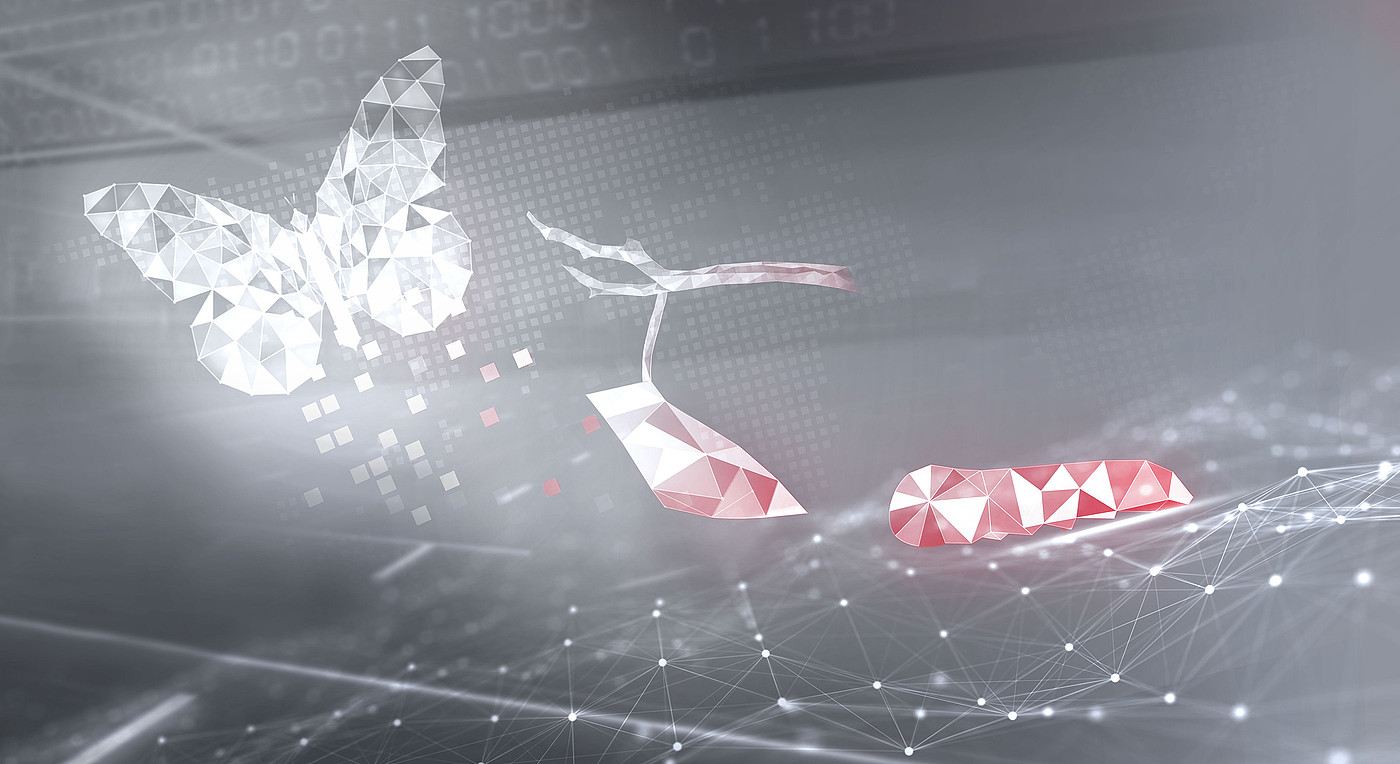
One of our main focuses is on artificial intelligence. The EDAG Group has acquired extensive experience in the use of this technology, e.g. in the fields of image and text processing, scene recognition, voice command, optimizing vehicle dynamics, test automation and validation. We have also added to our consulting, data engineering, architecture engineering and net engineering skills, and are constantly expanding our horizons.
The use of virtual/augmented reality in product development (e.g. design reviews), product demonstration (virtual showroom) or the development of customer-specific solutions (e.g. education and training, production, quality assurance) is one of the core competencies of our FEYNSINN colleagues, and an area we are continually developing within the framework of research and development projects, enabling us to offer cutting edge solutions.
For years, we have been working on the digitalization of the development process and development methods in order to be able to deliver faster and better results for our customers. Among other things, this includes aspects of generative engineering and closed-loop engineering: areas we are already using in current development projects, and in which we are continually building on our skills.
For us, mobility software includes the development of customer-centered, future-proof software that meets high automotive quality standards. As a complete system developer for software and services, we network technologies, processes and the thinking of all the actors involved.
We develop new solutions for the smart factory, to make production facilities more efficient and networked in the future. In the process, we regard the smart factory as having two phases:
engineering and operation. We are constantly adding to our already extensive portfolio with new technologies from the field of research and development.
Turning the city of the future into a smart environment which is clean, sustainable, safe, energy-efficient, worth living in, and quiet – this is a goal we have set ourselves. This will involve not only mobility concepts, but also the digitalization of urban services, through to the implementation of smart city platforms. Our EDAG CityBot, which we have been continually developing since its presentation at the IAA 2019, currently within the scope of the Campus FreeCity research project sponsored by BMDV, offers a holistic approach.